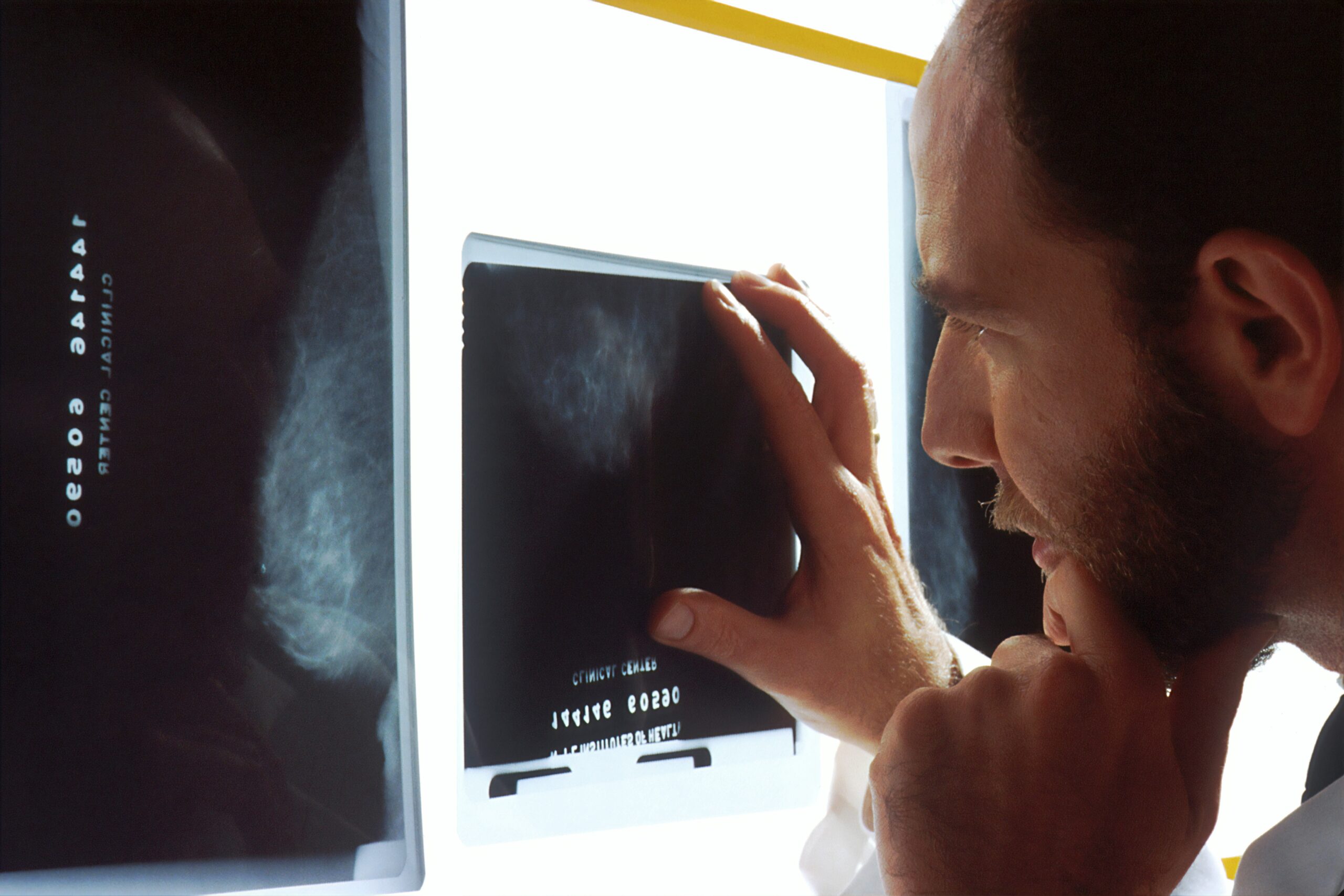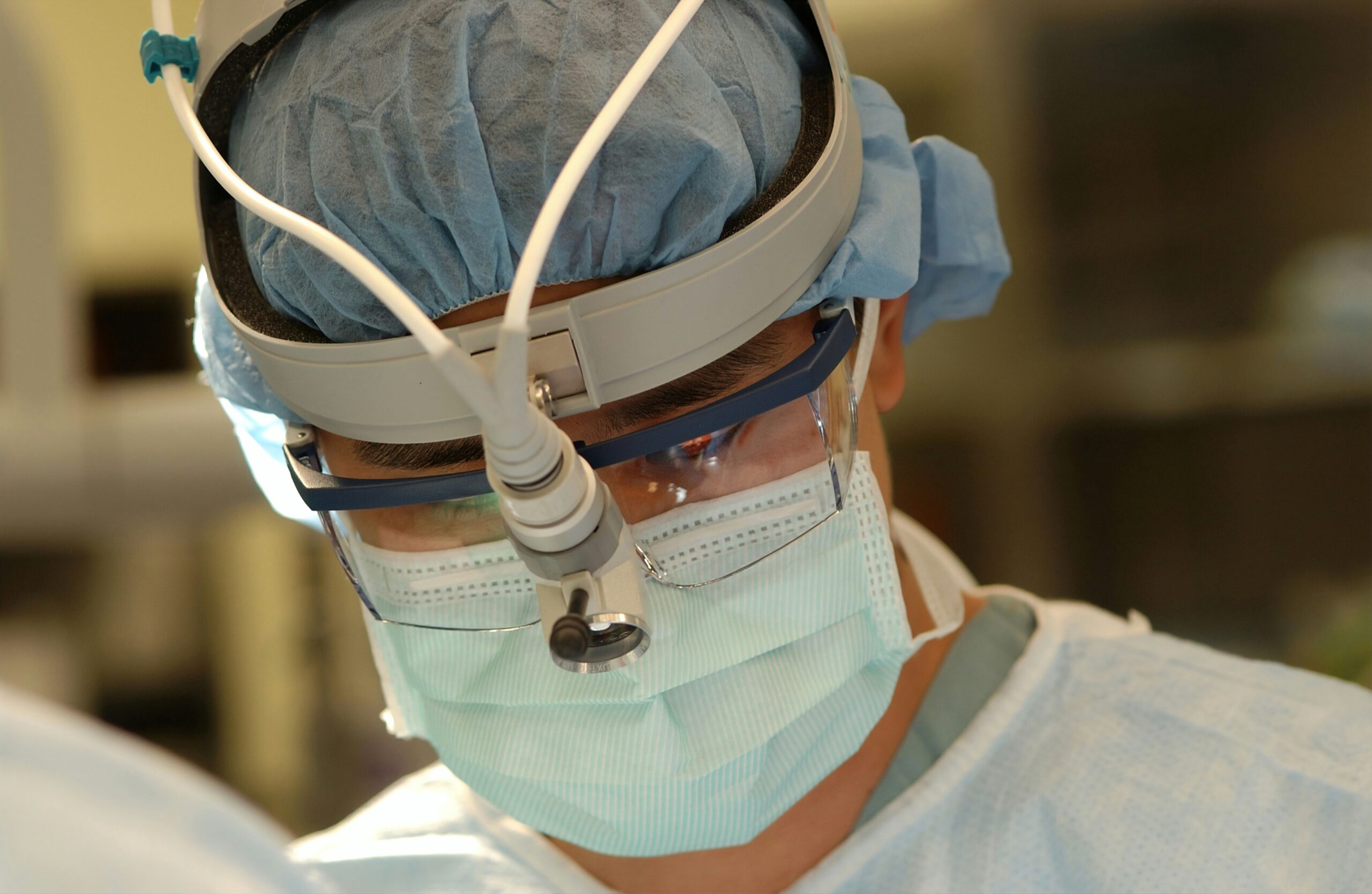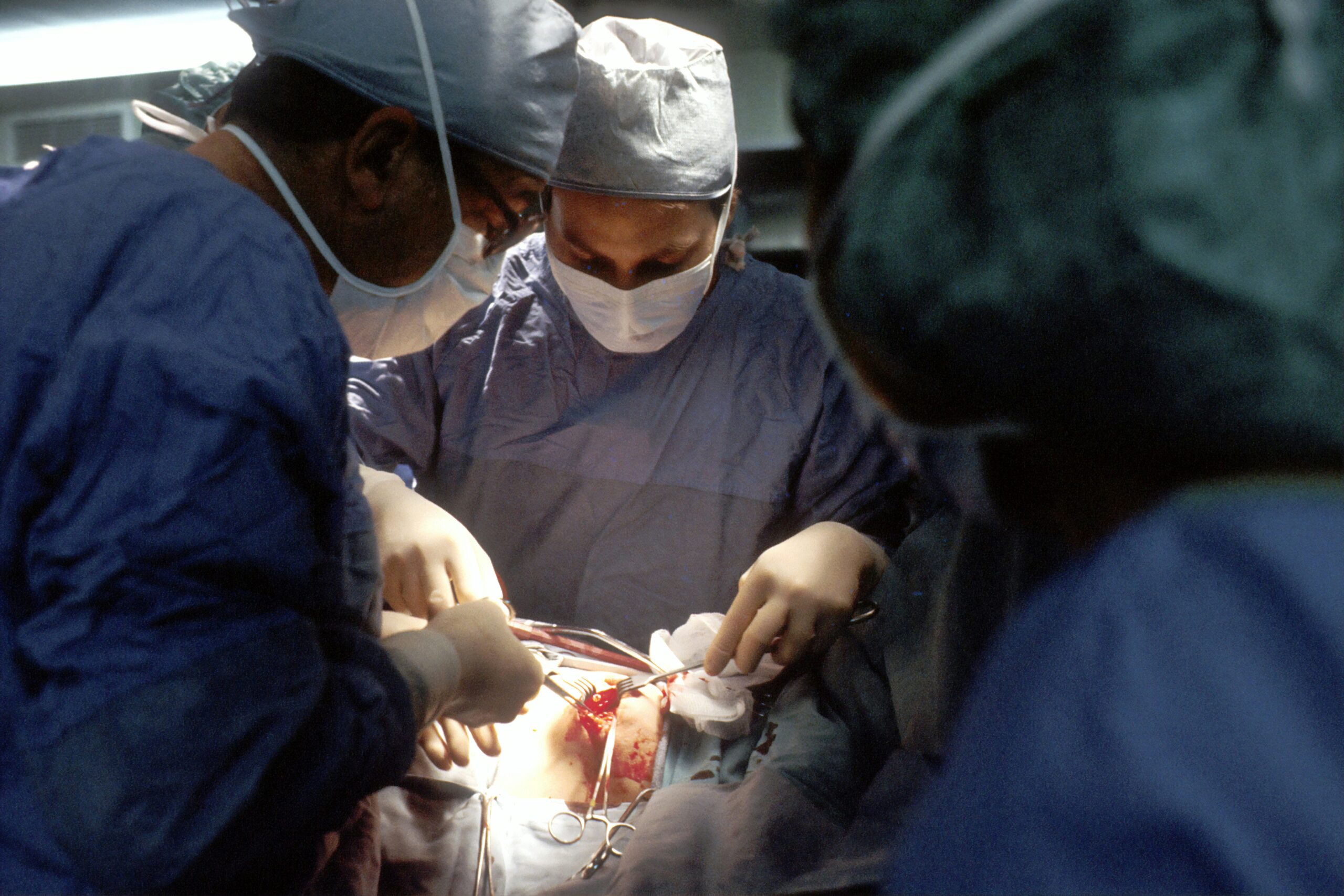Imagine this: you're at a party, surrounded by a group of friends engaged in excited conversations. In the midst of all the laughter and chatter, a question pops into your mind: is the location of the prostate the same in all males? Curiosity piqued, you begin to wonder if there are any differences in the positioning of this important gland among men. Well, my friend, get ready to uncover the truth as we delve into the fascinating world of male anatomy and explore the intriguing variations in the location of the prostate.
Brief Anatomy of the Prostate
The prostate gland is a vital part of the male reproductive system. It is a small, walnut-sized gland located in the pelvis below the bladder and in front of the rectum. The prostate is composed of several lobes and is surrounded by a fibrous capsule. Understanding the basic anatomy of the prostate is crucial for both medical professionals and individuals seeking to maintain their prostate health.
Description of the Prostate Gland
The prostate gland is a muscular gland that plays a crucial role in the male reproductive system. It is approximately the size of a walnut and weighs around 20 grams. The gland is composed of both glandular and muscular tissue, which helps it carry out its functions effectively.
Function of the Prostate Gland
The prostate gland serves several important functions within the male body. One of its primary roles is the secretion of seminal fluid, which serves as a vital component of semen. The prostate produces and releases this fluid into the urethra during ejaculation. The seminal fluid helps nourish and protect sperm, enhancing their chances of successful fertilization.
Additionally, the prostate gland is responsible for the contraction of the muscles in the prostate, which aids in the expulsion of semen during ejaculation. This muscular activity ensures the propulsion of semen through the urethra and out of the body.
Situation of the Prostate Gland in the Male Body
The prostate gland is strategically positioned within the male body to fulfill its functions efficiently. Understanding the location of the prostate in relation to neighboring organs is essential for diagnosing any potential issues.
Prostate Gland's Position in Relation to the Bladder
The prostate gland sits just below the bladder, surrounding the urethra as it exits the bladder. This location allows the gland to have a direct connection to the urinary system, as it is responsible for controlling urinary flow by regulating the opening and closing of the urethra.
Prostate Gland's Position in Relation to the Rectum
The posterior surface of the prostate gland is in close proximity to the rectum. This proximity allows for the convenience of a digital rectal examination (DRE), a common procedure for assessing the size, texture, and overall health of the prostate. Through the rectal wall, medical professionals can palpate the prostate and gather valuable information about its condition.
Prostate Gland's Relation to the Urethra
The urethra traverses through the prostate gland, allowing urine and semen to pass through it. This intricate relationship between the prostate and the urethra makes the gland crucial for both urinary and reproductive functions.
Anatomical Variations in Prostate Gland Location
While the basic location of the prostate gland remains consistent, there can be variations in its exact position among individuals. These variations can occur due to anatomical differences or physiological factors that may affect the prostate's location within the male body.
Understanding the Range of Anatomical Variation
Anatomical variations in prostate gland location can occur due to differences in pelvic anatomy among individuals. Factors such as the size and shape of the prostate, as well as the overall structure of the pelvis, can contribute to these variations. It is essential for medical professionals to be aware of these variations to accurately interpret imaging studies and plan appropriate treatments.
Impact of Physiological Factors on Prostate Location
Physiological factors, such as the contraction and relaxation of pelvic floor muscles, can influence the position of the prostate gland. These factors can cause temporary shifts in the prostate's location within the pelvis. For example, during sexual arousal, the prostate may elevate slightly, allowing for the proper functioning of the reproductive system.
Does Age Affect the Location of the Prostate?
Age can also impact the location of the prostate gland. As men age, the prostate gland tends to grow in size, resulting in a phenomenon known as benign prostatic hyperplasia (BPH). This enlargement can lead to alterations in the position of the prostate within the pelvis. Understanding these age-related changes is important for diagnosing and treating conditions that may arise due to prostate enlargement.

Impact of Disease on Prostate Location
Various diseases and conditions can significantly impact the location of the prostate gland. Understanding how these conditions can alter the prostate's position is essential for accurate diagnosis and appropriate treatment planning.
Effect of Prostate Cancer on Prostate Location
Prostate cancer, a common malignancy affecting men, can lead to significant changes in the location of the prostate gland. As cancerous cells grow, they can cause the prostate to enlarge and potentially invade surrounding structures. This invasion may result in the displacement or compression of nearby organs, leading to alterations in the prostate's position.
Impact of Prostatitis on Prostate Location
Prostatitis, an inflammation of the prostate gland, can also affect its location. In cases of acute prostatitis, the prostate may become tender, swollen, and enlarged. This inflammation can cause the prostate to protrude more prominently or become irregularly shaped, affecting its normal position within the pelvis.
The Role of Benign Prostatic Hyperplasia in Altering Prostate Location
Benign prostatic hyperplasia (BPH), a non-cancerous enlargement of the prostate, can have a significant impact on prostate location. As the prostate gland grows in size, it can push against the bladder and the urethra. This can result in the prostate being displaced or causing urinary obstruction, further affecting its position within the male body.
The Effect of Surgery on Prostate Location
Certain surgical procedures can have implications for the location of the prostate gland. Understanding how these interventions may result in temporary or permanent changes to the prostate's position is essential for managing post-operative care effectively.
Impact of Prostatectomy on Prostate Location
Prostatectomy, the surgical removal of the prostate gland, can directly impact its location within the body. During this procedure, the entire prostate gland is excised, and the remaining structures are sutured together. As a result, the absence of the prostate leads to a permanent change in its location.
Role of Prostate Biopsy in Temporary Displacement
Prostate biopsy, a diagnostic procedure for evaluating prostate tissue for cancer or other abnormalities, involves taking tissue samples from specific areas of the prostate using needle punctures. This procedure can cause temporary displacement of the prostate due to the manipulation of the gland and needle insertion. However, the prostate usually returns to its normal position once the effects of the biopsy subside.

Medical Imaging of the Prostate
Medical imaging plays a vital role in determining the location of the prostate gland within the male body. Various imaging techniques can provide valuable insights into the anatomy and condition of the prostate.
Use of Ultrasound for Prostate Location
Ultrasound, a widely used imaging modality, can be employed to visualize the prostate gland's location. Transrectal ultrasound involves inserting a small probe into the rectum, allowing for detailed imaging of the prostate. This technique provides real-time images, aiding in the accurate determination of the prostate's position and identifying any abnormalities or lesions present.
Role of MRI in Determining Prostate Location
Magnetic resonance imaging (MRI) is another valuable tool for assessing the location of the prostate gland. MRI can generate highly detailed images of the prostate, allowing for a comprehensive evaluation of its structure and position within the pelvis. By utilizing MRI, medical professionals can precisely locate the prostate and evaluate its relationship with neighboring organs and structures.
How CT Scans Can Demonstrate Prostate Anatomy
Computed tomography (CT) scans can also demonstrate the anatomy and location of the prostate gland effectively. CT scans provide cross-sectional images of the prostate and surrounding structures. This imaging modality can assist in identifying any abnormalities, tumors, or other conditions that may affect the prostate's position and function.
Clinical Implications of Prostate Location
Understanding the location of the prostate gland has significant clinical implications. The position of the prostate can influence various symptoms and guide treatment options for conditions affecting the gland.
How Prostate Location Influences Symptoms
The location of the prostate gland can influence the symptoms experienced by individuals. For example, an enlarged prostate (BPH) that compresses the urethra can lead to urinary symptoms such as frequent urination, weak urine flow, or difficulty initiating and stopping urination. Identifying the relationship between symptomatology and prostate location is crucial for developing appropriate treatment plans.
Influence of Prostate Location on Treatment Options
The location of the prostate gland can impact the treatment options available for conditions affecting its function or causing abnormalities. Surgical interventions such as prostatectomy may be chosen based on the prostate's position and its relationship with surrounding structures. Radiation therapy, another common treatment for prostate cancer, also relies on accurate knowledge of the prostate's location to ensure effective targeting of cancerous cells.

Understanding Digital Rectal Examination
Digital rectal examination (DRE) is a crucial procedure for assessing the prostate gland's location and overall health. This examination involves the insertion of a gloved, lubricated finger into the rectum to feel the prostate and gather information about its condition.
Purpose of the Digital Rectal Examination
The primary purpose of a digital rectal examination is to assess the size, texture, and overall health of the prostate gland. By physically palpating the prostate through the rectal wall, medical professionals can detect any irregularities, nodules, or abnormalities that may require further investigation or treatment.
How Prostate Location is Determined Using DRE
During a digital rectal examination, the medical professional can determine the prostate's location by assessing its position in relation to other structures within the rectum. By carefully palpating the prostate and noting any deviations from its expected location, healthcare providers can gather valuable information about the prostate gland's health and potential issues.
Limitations of DRE for Prostate Location
Although digital rectal examination provides valuable insights into the prostate's condition, it does have limitations in accurately determining its precise location within the pelvis. DRE can provide general information about the presence of abnormal structures or nodules, but it may not offer the same level of detail as imaging techniques such as ultrasound, MRI, or CT scans when it comes to determining the exact position of the prostate gland.
Prostate Cancer and Location
Prostate cancer, a significant concern for men worldwide, can have implications on the location of the prostate gland. Understanding the relationship between prostate cancer and location is crucial for proper diagnosis, staging, and treatment planning.
Impact of Prostate Cancer on Location
Prostate cancer can affect the location of the prostate gland due to tumor growth and invasion of surrounding tissues. As cancer cells multiply and form tumors within the prostate, they can cause the gland to enlarge or change shape. This growth may alter the prostate's position within the pelvis and potentially lead to compression of neighboring structures.
Relationship Between Tumor Site and Cancer Severity
The site of the prostate tumor within the gland can provide valuable information about the severity and aggressiveness of the cancer. Tumors located closer to the periphery of the prostate gland are generally associated with a lower risk of spreading beyond the gland. On the other hand, tumors located towards the center of the prostate or near important structures may necessitate more aggressive treatment approaches.
Implications for Cancer Treatment
The location of the prostate tumor plays a significant role in determining the most appropriate treatment approach for prostate cancer. Surgical interventions, radiation therapy, and targeted treatments may be chosen based on the tumor's location within the prostate and its potential impact on adjacent structures. Accurate knowledge of the tumor location ensures effective treatment delivery and minimizes the risk of complications.
Conclusion on the Location of the Prostate Gland in Males
The location of the prostate gland within the male body is a crucial aspect of understanding its function, diagnosing diseases, and planning appropriate treatments. While the prostate gland's general location is consistent among males, anatomical variations and disease processes can lead to alterations in its position. Medical imaging techniques, such as ultrasound, MRI, and CT scans, are essential tools for accurately determining the prostate's location and identifying any abnormalities. Healthcare professionals must consider the prostate's location when assessing symptoms, planning treatments, and monitoring the gland's health. Furthermore, awareness of prostate location is vital for individuals seeking to maintain their prostate health and detect any potential issues early on. By understanding the comprehensive anatomy and location of the prostate gland, both healthcare professionals and male individuals can work together towards a healthier future.

